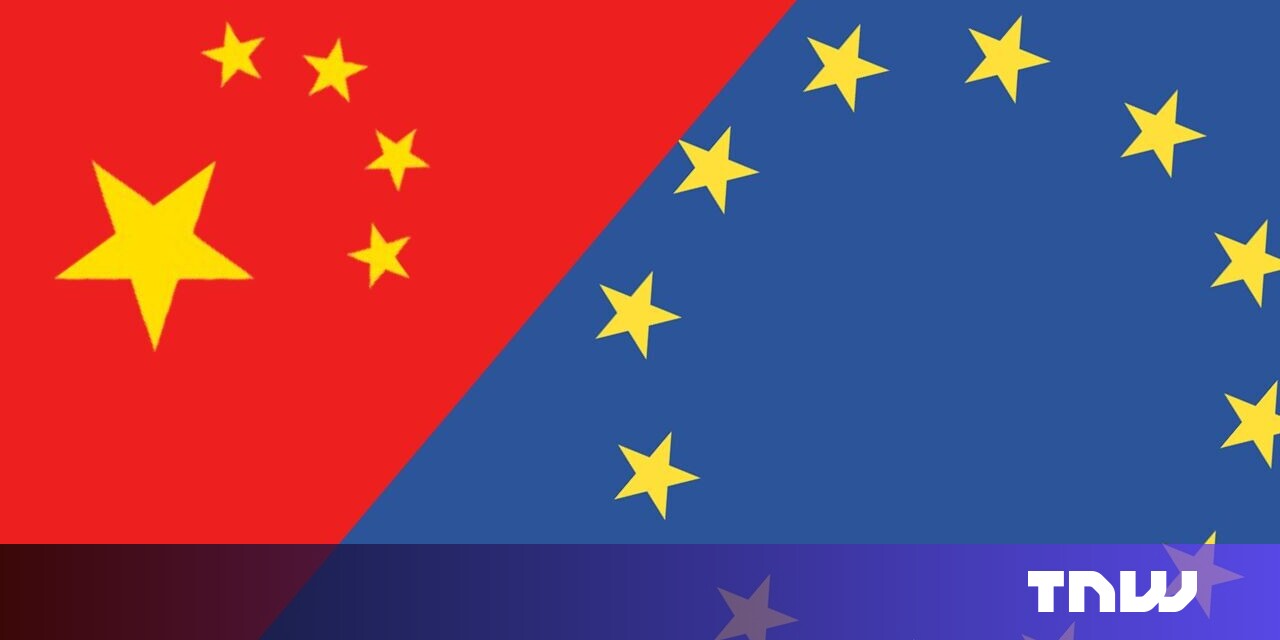With the geopolitical landscape turning more unstable by the day, EU relations with China are also becoming increasingly turbulent. At the core of the rising tensions lies the quest for tech supremacy as well as economic and national security.
“In a world powered by technology, those who lead are those who control the most critical technologies, and their supply chains,” EUcompetition chief Margrethe Vestager said during a speech on Tuesday.
With cleantech one of the critical technologies for the bloc, Vestager also announced a new round of investigations into Chinese producers of wind turbines destined for wind parks in Spain, Greece, France, Romania, and Bulgaria.
The reason behind the probes are concerns over unfair competition as a result of foreign subsidies that provide non-European manufacturers with a trade advantage. For instance, industry lobby WindEurope estimates that Chinese wind turbines are up to 50% cheaper than their alternatives made inside the bloc.
Meanwhile, China already dominates solar technology production, accounting for 80% of the global market. Less than 3% of the solar panels installed in the EU are produced in Europe.
“We can’t afford to see what happened on solar panels happening again on electric vehicles, wind or essential chips,” Vestager said.
China, a “systemic rival and partner”
The Union’s competition chief has repeatedly characterised China as a “partner, economic competitor, and systemic rival.”
On the one hand, China is a key trading partner, accounting for 9% of the Union’s goods exports and over 20% of its goods imports. On the other hand, Beijing’s alliance with Russia has raised concerns — much like its “increasingly assertive actions,” according to EU chief Ursula von der Leyen.
For this reason, the EU has been focusing on de-risking its economy. The stakes are especially high for clean tech — and the bloc is aiming to ensure sufficient domestic production to cover at least 40% of its green energy demand by 2030.
The Net Zero Industrial Act (NZIA) plays a vital role in achieving this goal, as does the Critical Raw Materials Act. The first seeks to boost domestic manufacturing capacity, while the second aims to reduce reliance on third countries for raw materials. For context, the EU imports 98% of its rare earths supply, 93% of magnesium, and 97% of its lithium needs from China.
“We have seen how one-sided dependencies can be used against us,” Vestager said. “And this is why Europe, just as the US, is reacting.”
A tech race beyond cleantech
Alongside cleantech, the EU’s list of critical technologies aims to safeguard from China applications that range from AI and quantum computing to robotics and biotech.
“The European Union needs to define its future relationship with China and other countries in sensitive high-tech areas,” vor der Leyen said last month.
The bloc fears that these technologies have dual-use potential, meaning that they can deliver both commercial and military applications. To ensure its own national security, the European Commission is already considering allocating funding from its €95.5bn Horizon Europe research programme for the development of such dual-use tech.
Semiconductor chips are also at the heart of the bloc’s digital sovereignty and economic de-risking policies.
The EU isn’t simply attempting to bolster its domestic chip production and strengthen its competitiveness in the sector. It’s also supporting US efforts to curb China’s semiconductor industry.
“We fully agree with the objective of depriving China of the most advanced chips,” Commissioner for Internal Market Thierry Bretton said last year.
But while the EU might have a chance to catch up in the cleantech race, experts argue that neither the bloc, nor China — and nor anybody else for that matter — have any chance for semiconductor independence.


